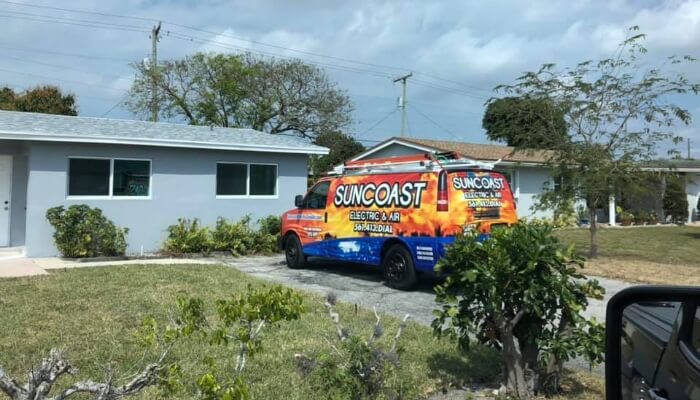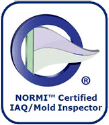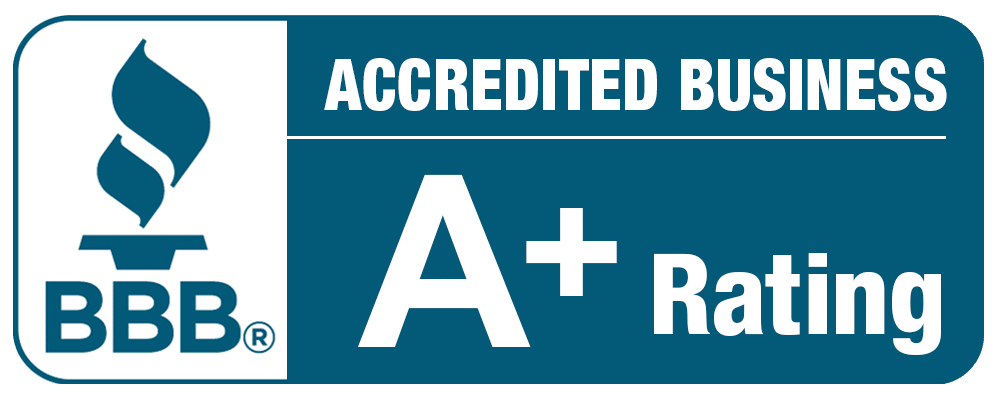
10 Tips For Identifying And Fixing An Electrical Short
Fixing an electrical short can seem like a daunting task, but it doesn’t have to be. For most people, a short circuit diagram looks like rocket ship schematics. If you have ever dealt with an electrical short without any previous experience, you likely know how frustrating it can be. The information provided in this article will help you identify an electrical short, and what you should do when you find one.
Read on for our 10 tips to identifying and fixing an electrical short below.
Shorts Occur in a Circuit
Electricity flows in a circuit. A short occurs when the flow of energy moves outside of its intended flow. Whatever the cause of this interruption, you must address a short immediately. If not, the short can be dangerous to you and the appliance or breaker, as well as result in a fire.
You can identify a short by blown fuses, a tripping breaker, or a popping sound when you turn on the appliance. Once you determine there is a short, you can begin to narrow in on the cause and solution.
Isolate the Circuit
When fixing an electrical short, first try to isolate the circuit. Every outlet in your home receives its power from a breaker. Every breaker has outlets and appliances on the same circuit. For example, your refrigerator, stove, and appliances along one wall may belong to the same circuit. Devices and outlets on an adjacent wall may belong to another circuit. Identifying the circuit will potentially single out which breaker you may deal with in the process. Of course, turning off the appropriate breaker can ease your fear of getting shocked or wasting more fuses.
Check the Appliances on the Affected Circuit
Check all of the appliances connected to the same circuit. Unplug each of them and inspect them for visible damage, such as:
- Melted wire insulation
- Smoke coming from the appliance’s motor
After you unplug them all, fixing an electrical short may be as easy as resetting the breaker. Otherwise, you may have to change the fuse. This is usually as far as the problem goes, but there are times when you have to go beyond this set of actions.
You Need the Proper Tools
Fixing a short requires a few special tools not present in a regular toolbox. It also requires a few common tools. Before you set out to fix the short, make sure you have the following on hand:
- Volt/ohm meter – Also called a multimeter, these can measure resistance, voltage, and ohms.
- Screwdriver – Depending on your outlet and the appliance in question, you may need a common flathead or Philips head screwdriver.
- Pliers – You can use these to remove wires and other elements you are working with.
- Wire strippers – You may need to expose more of the wire to get a better connection.
Having all of the above on hand can make your project move faster. Also, you can use them any time you have an electrical issue to deal with in the future.
Remove the Wires
Turn off the circuit by hitting the switch. Otherwise, you can remove the fuse. Change the setting on your multimeter to volts. Make sure the outlook reads zero volts by placing the metal probes into it. You can then remove the receptacle using your screwdriver and pliers. Remove the wires after that.
Check the Wires
Curious how to find a short circuit with a multimeter? You can check to see if there is any power coming from an individual wire using your volt/ohm meter by setting your tool to ohms. You may need to use your wire strippers to expose a bare portion of the wire. Connect one lead of the meter to the black wire and the other one to the white wire. A reading of infinite ohms (O.L.) means the receptacle is the cause and you must replace it. If your multimeter shows continuity, the short is possibly within the wire or your circuit breaker.
Remove the Breaker Wires
To continue fixing an electrical short, shut off the power to the main breaker. Remove the cover from the box, as well as the wires from the problem breaker. Do not forget to disconnect the white wire too.
Check the Breaker
Repeat the process of checking the breaker and wires within the breaker. If your multimeter shows infinite ohms, replace the breaker. If the breaker wire has zero ohms, the wire is the cause of the short. Replace the wire to fix the electrical short.
You Can Prevent Shorts
You can avoid fixing an electrical short by taking precautionary measures. Occasionally inspect your breaker box, appliances, and outlets for signs of damage. If you observe damage to an outlet or breaker, cease using it. Speak to an electrician to fix the problem right away. Check appliances for split cords and do not use them if the bare wires are visible.
Don’t be Afraid to Call an Expert
If fixing an electrical short is not in your wheelhouse, we understand. When attempting to identify and fix a short, there are many steps and wires involved. If you do not have the time, knowledge, or tools to take care of it, contact our emergency electricians.
We take care of your electrical emergencies when they happen, so you can go on about your day (or night) without having to worry about power problems.
Remember Suncoast Home Solutions is available 24/7 for emergency service when you need your power problems fixed.












